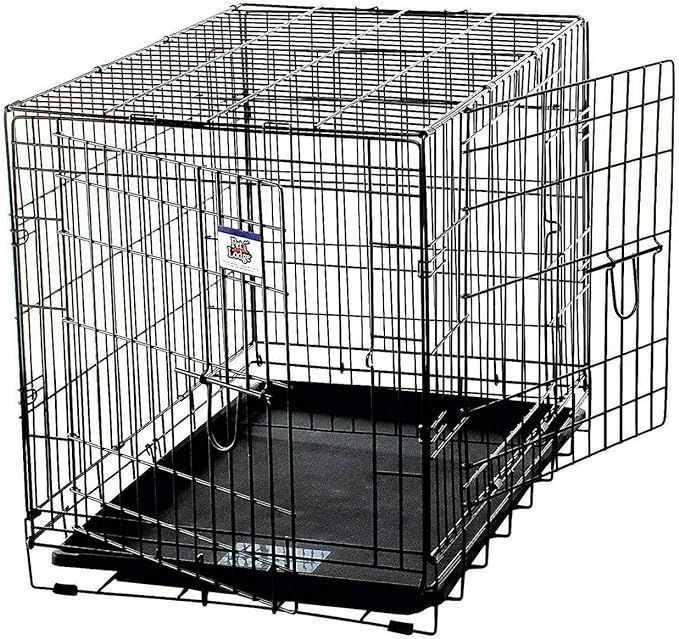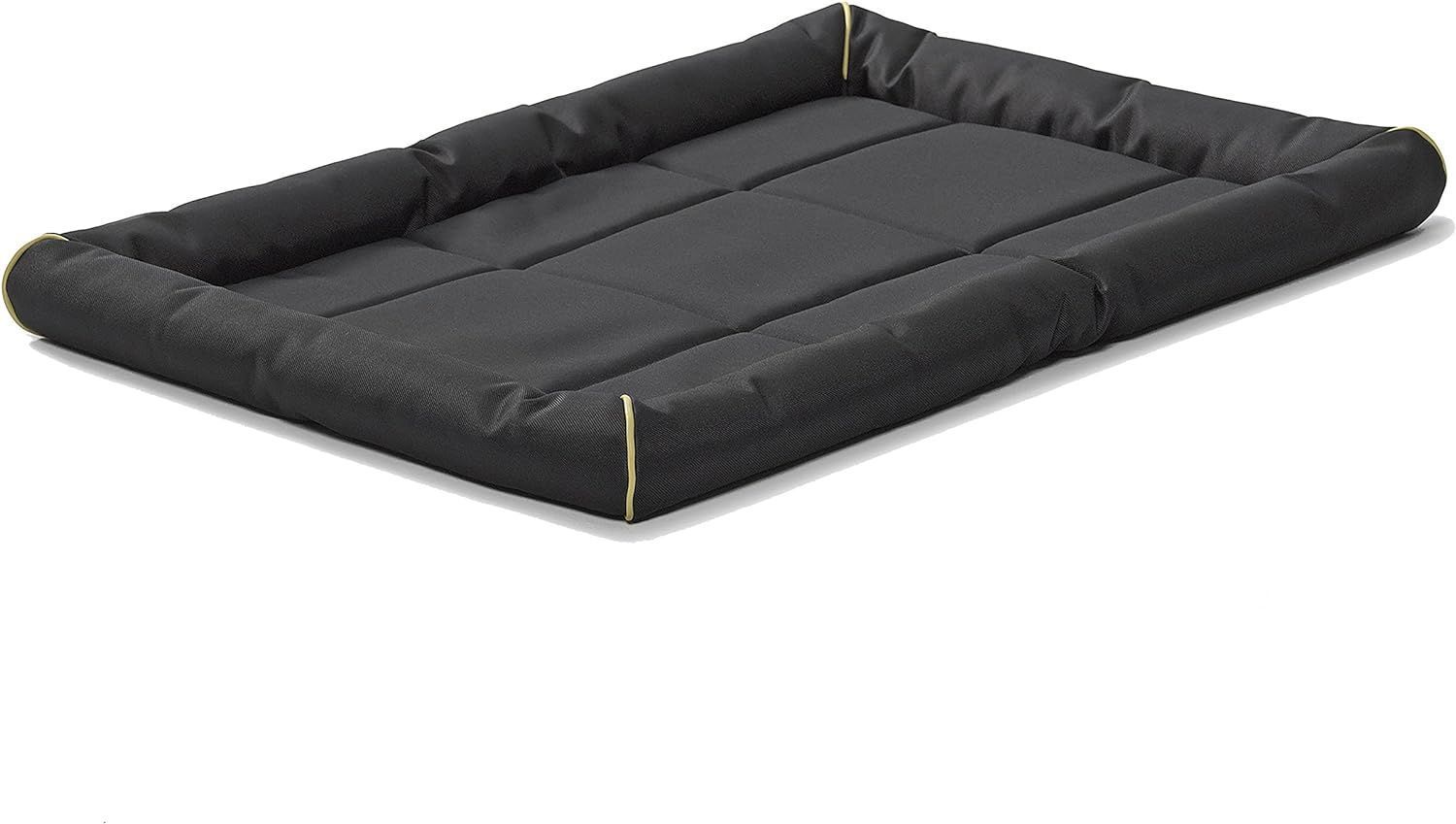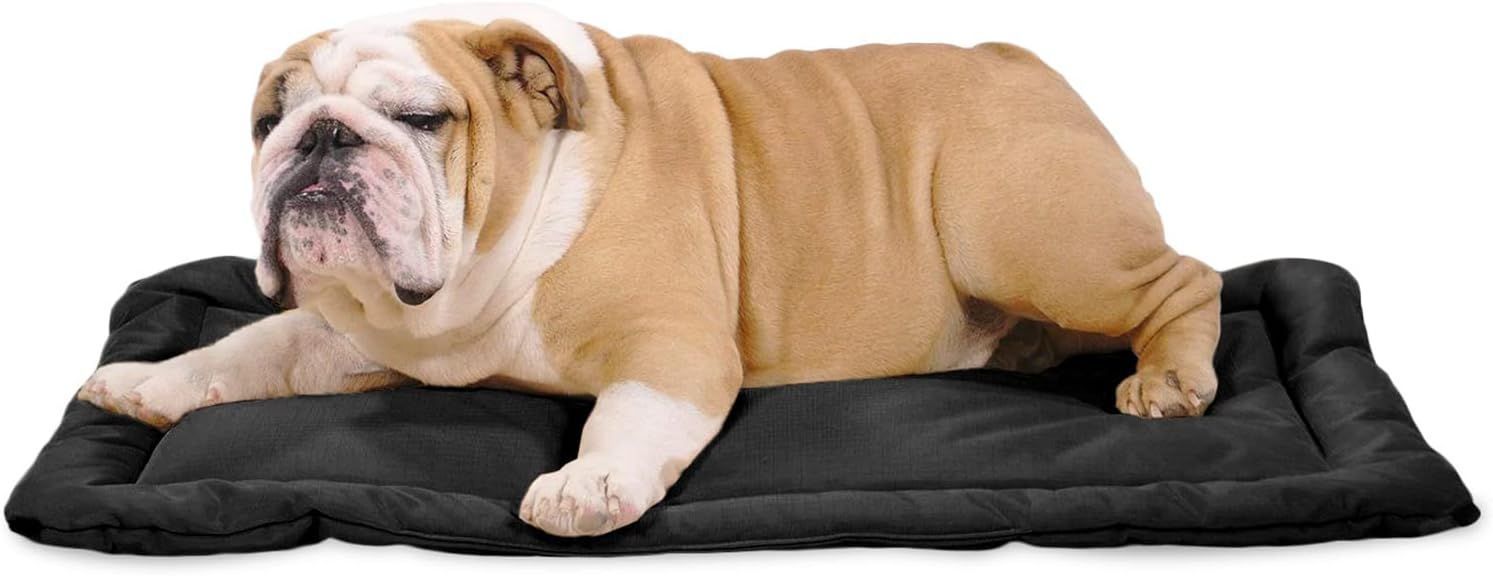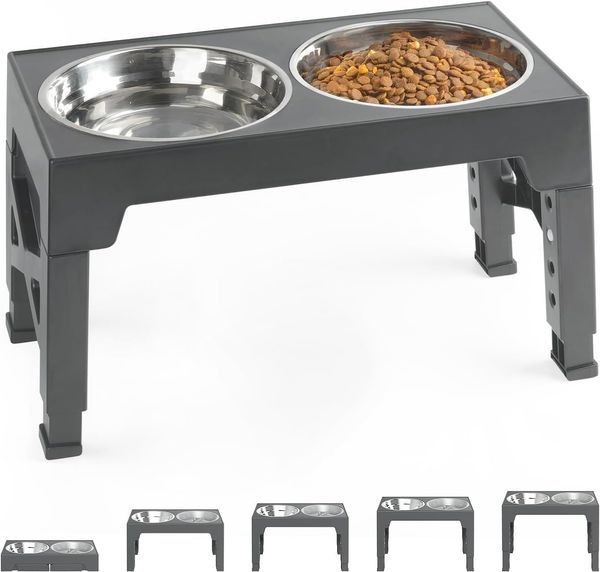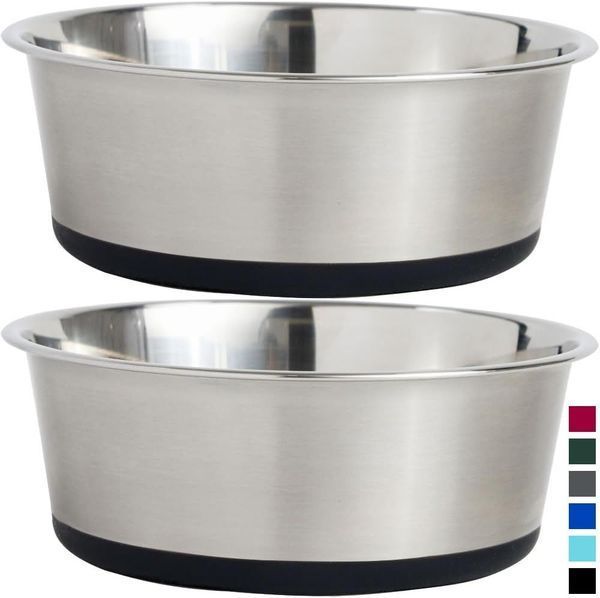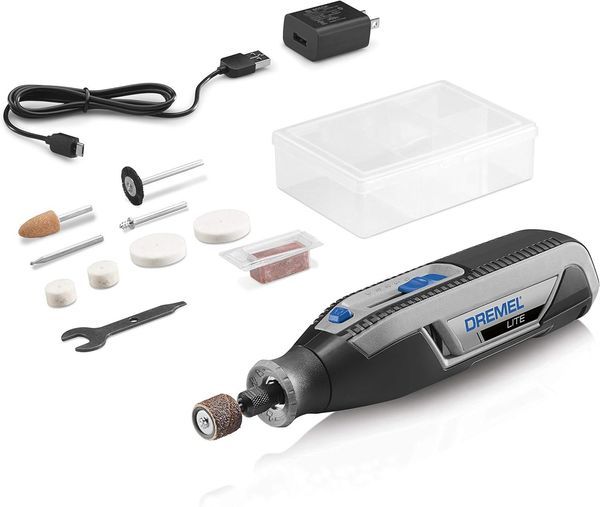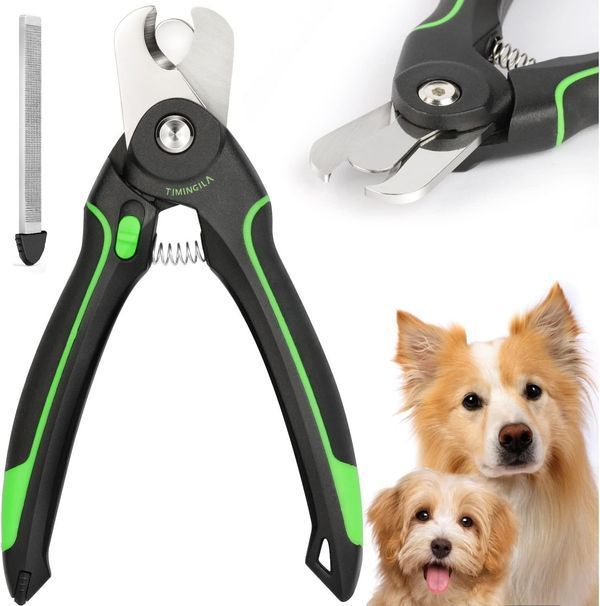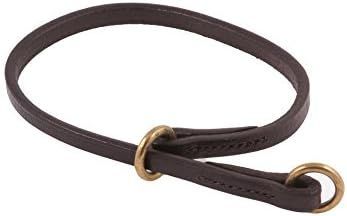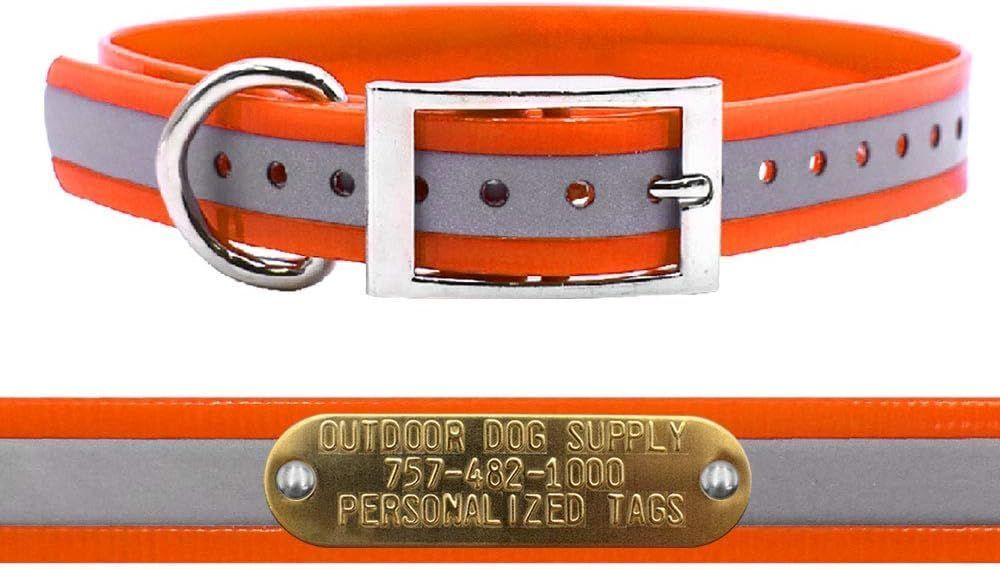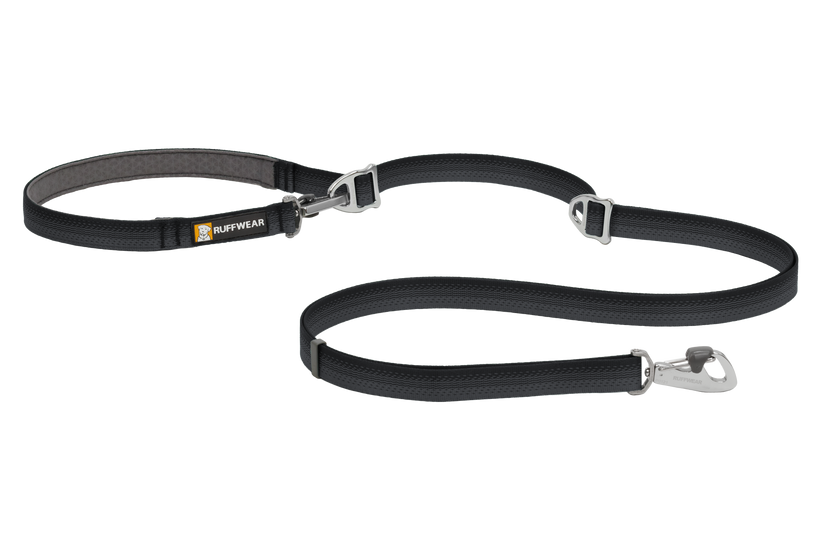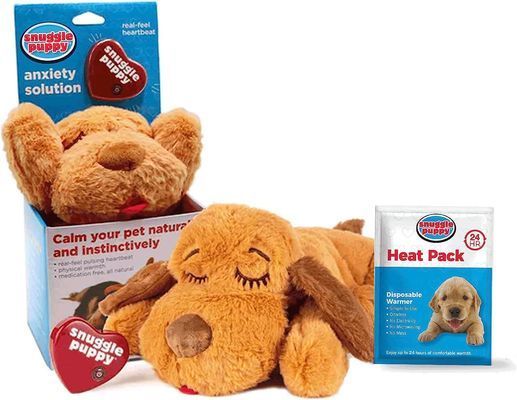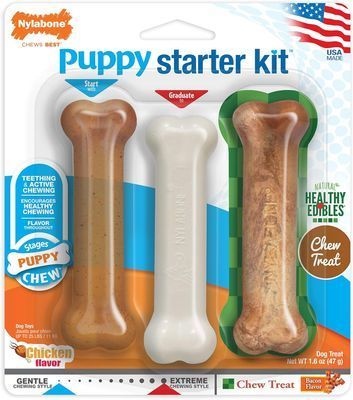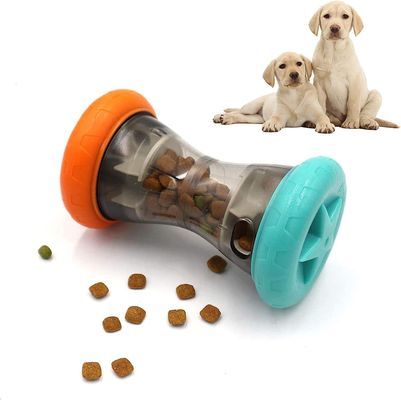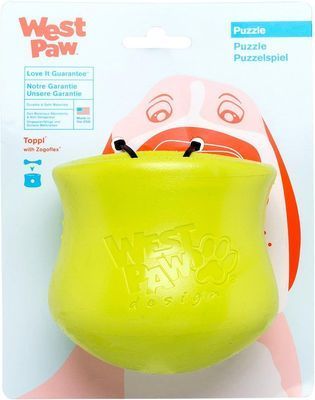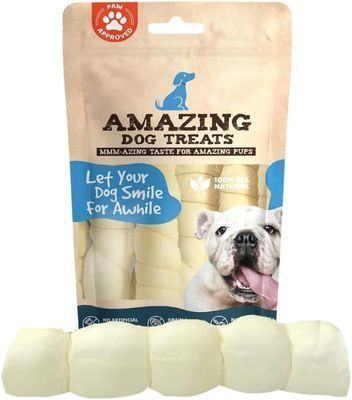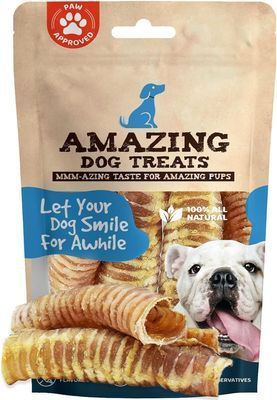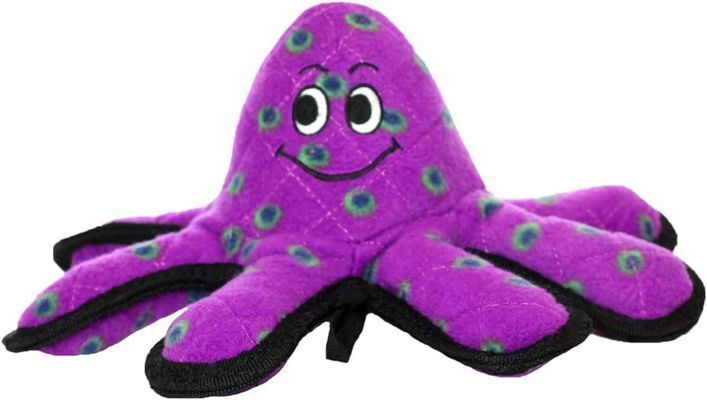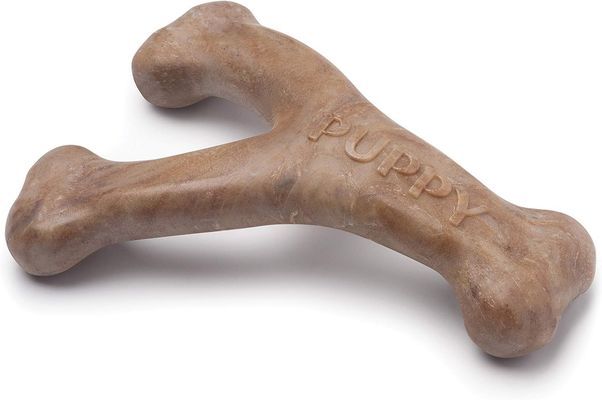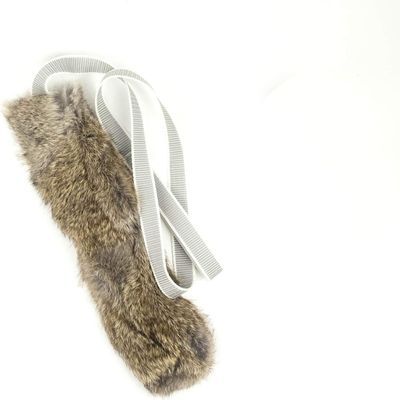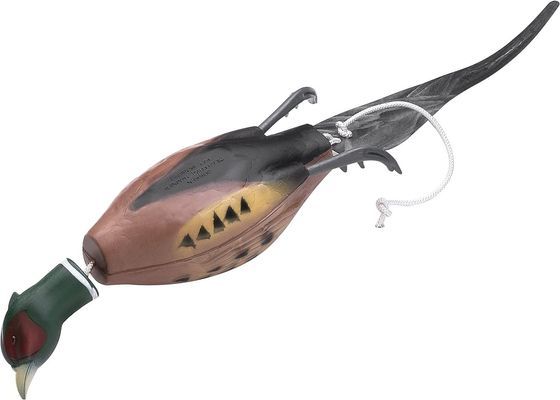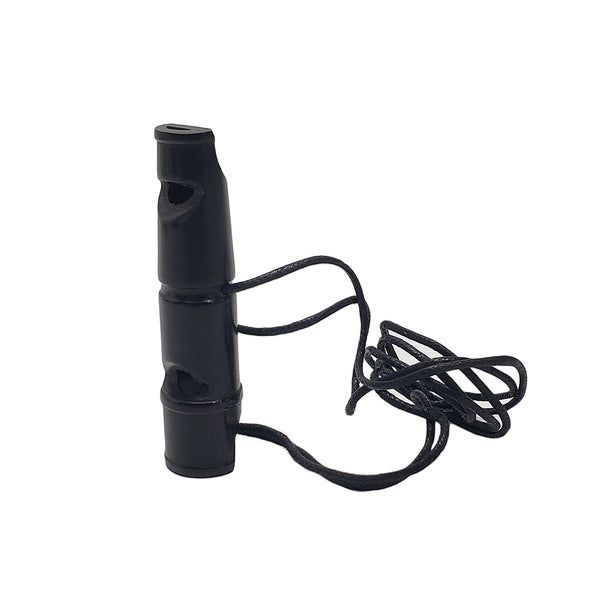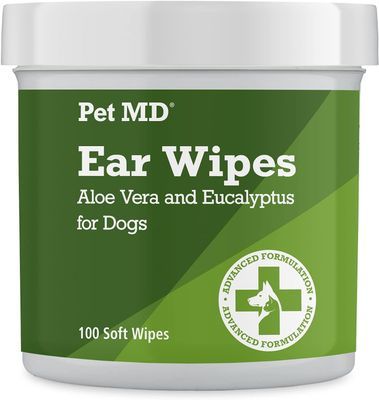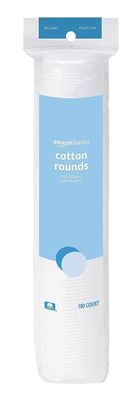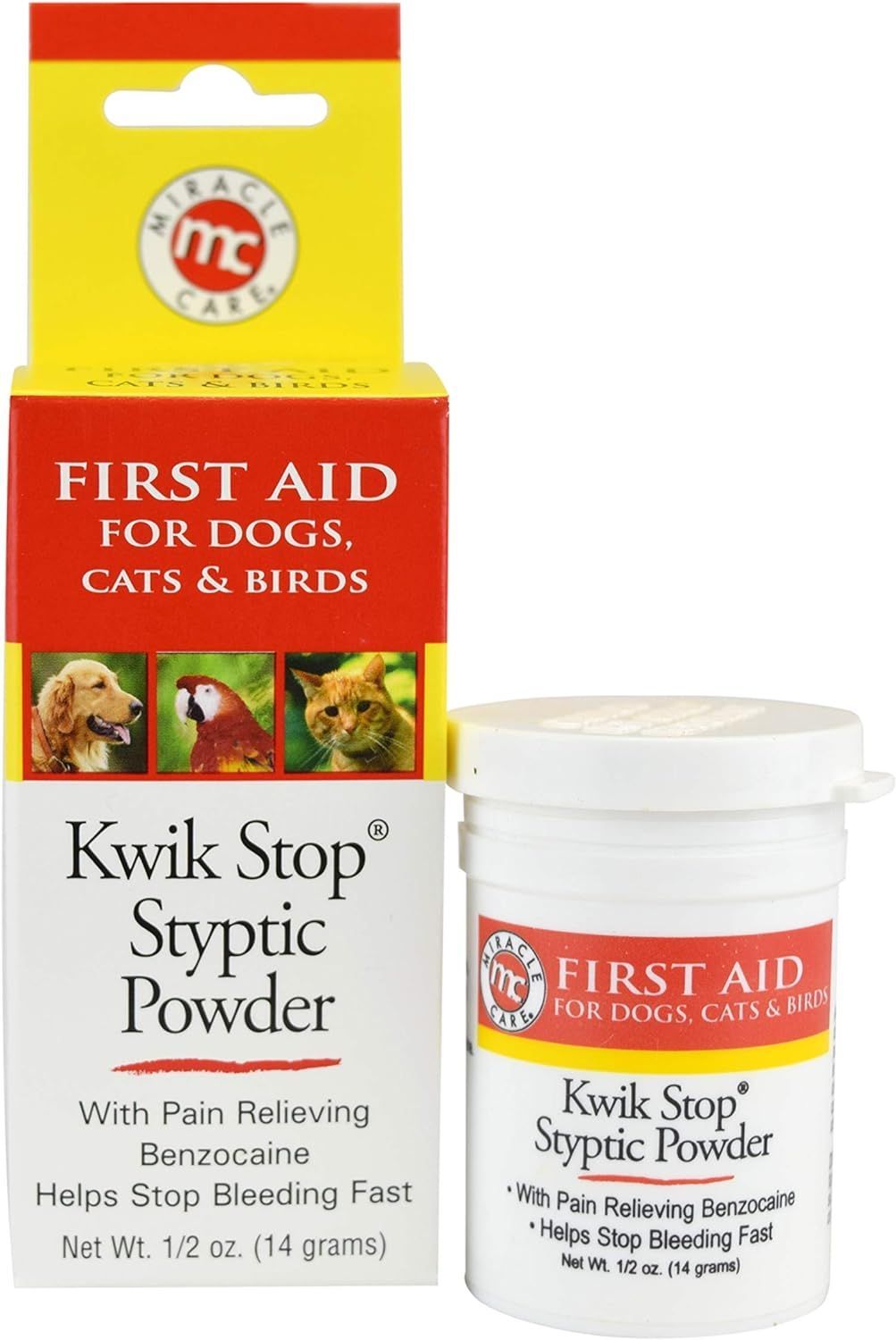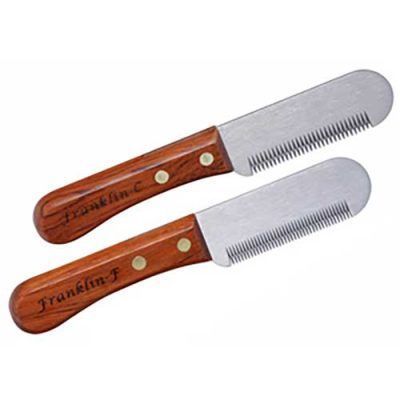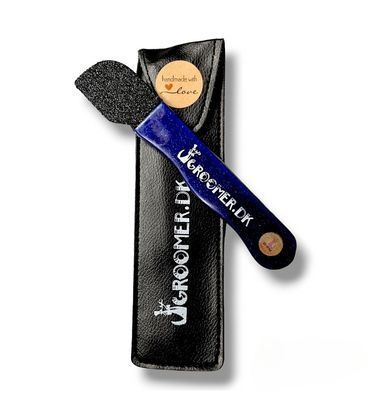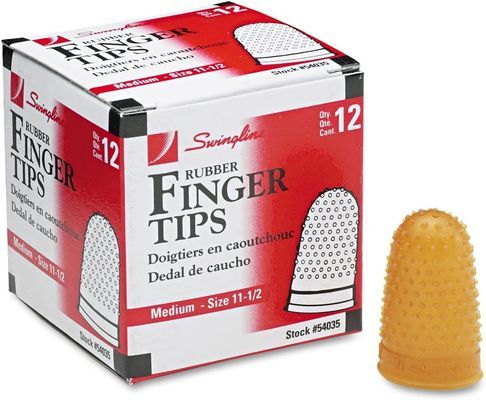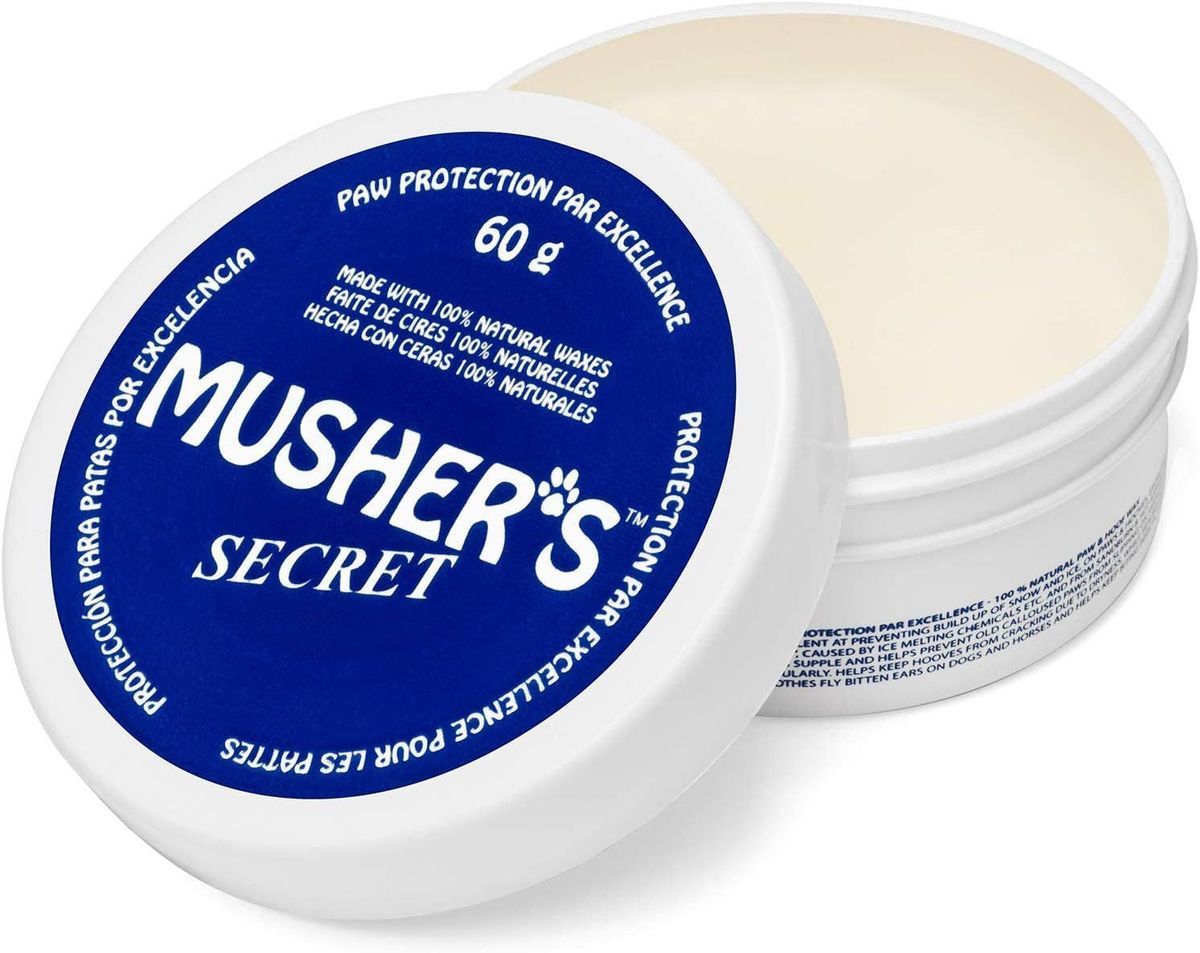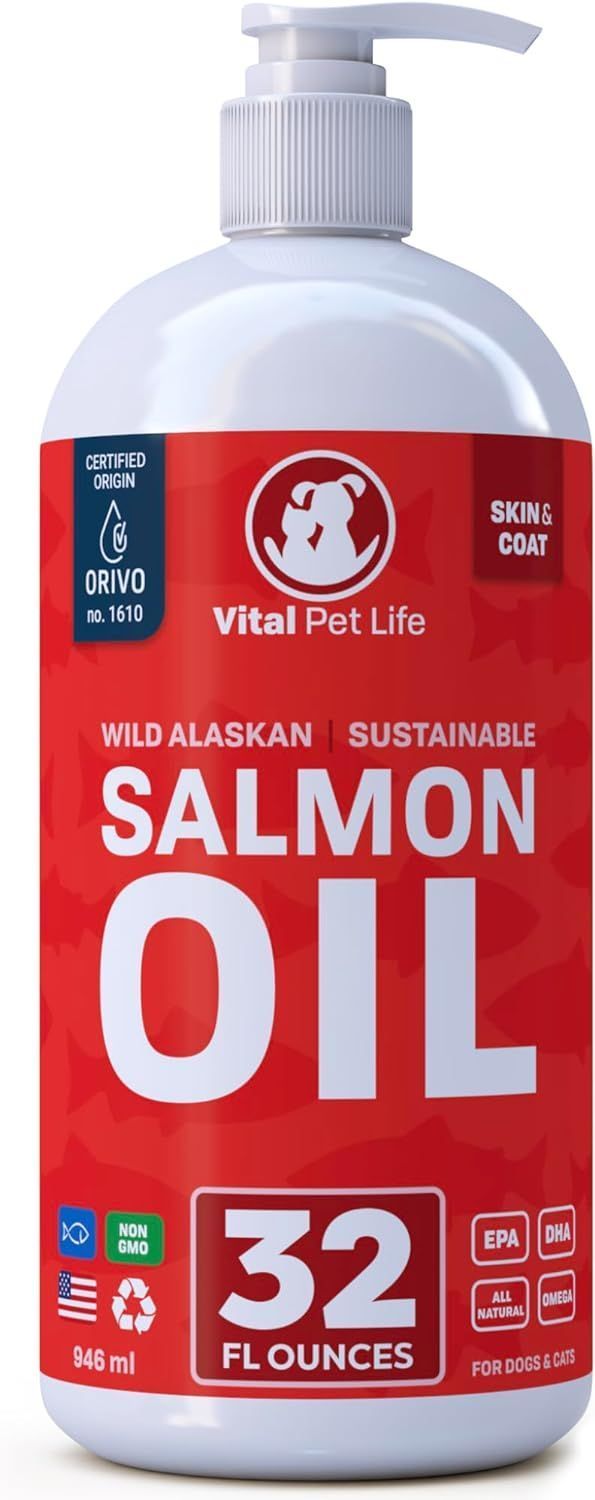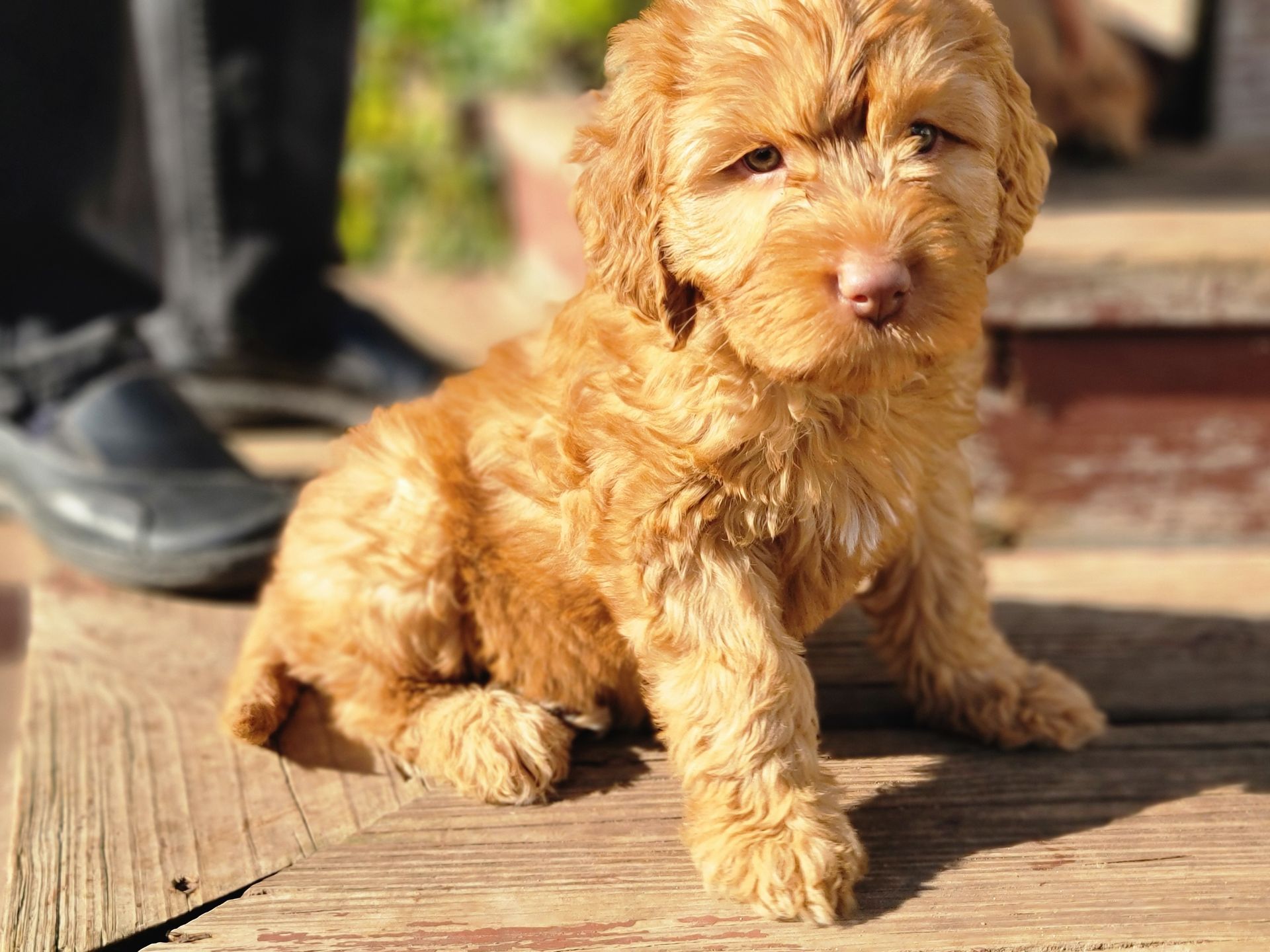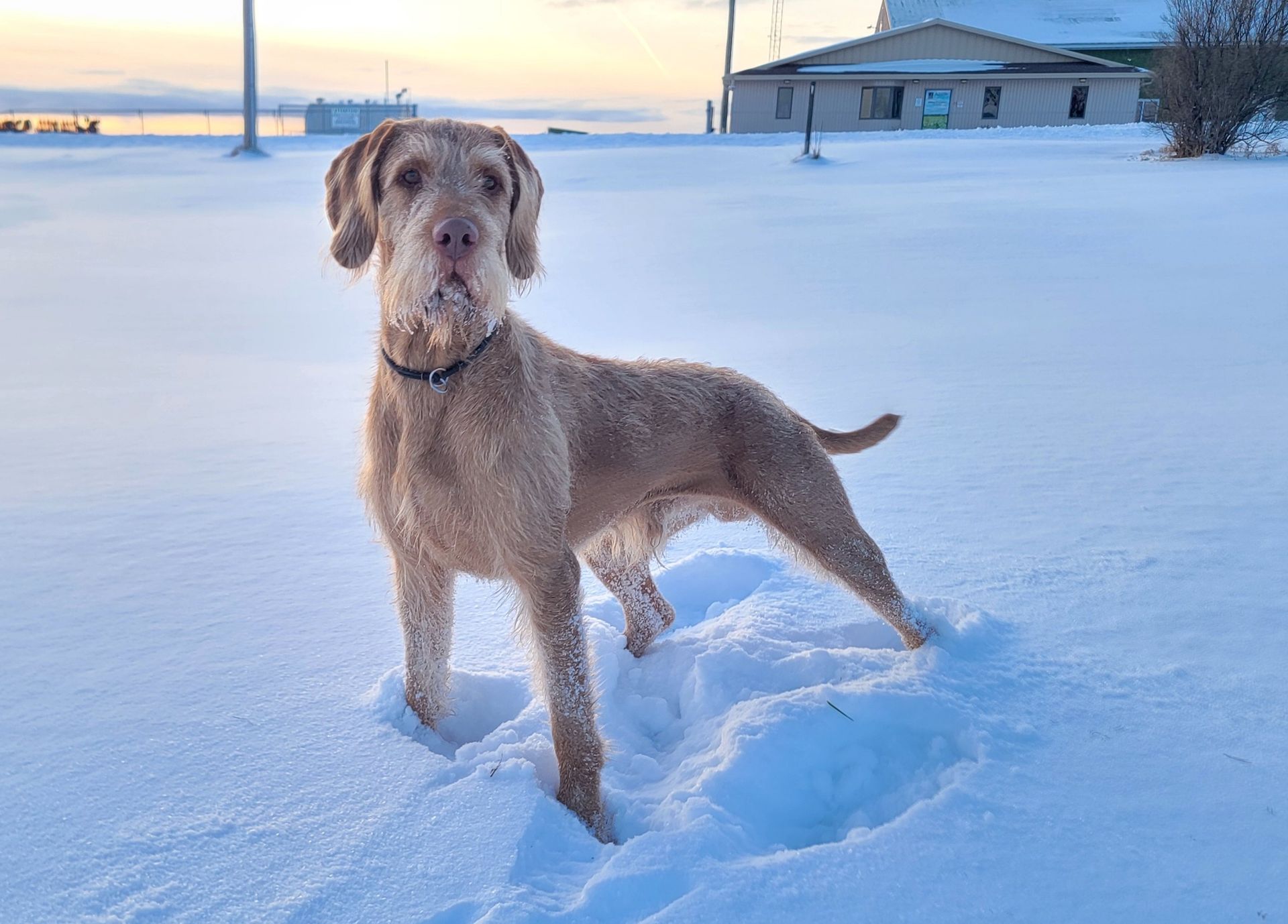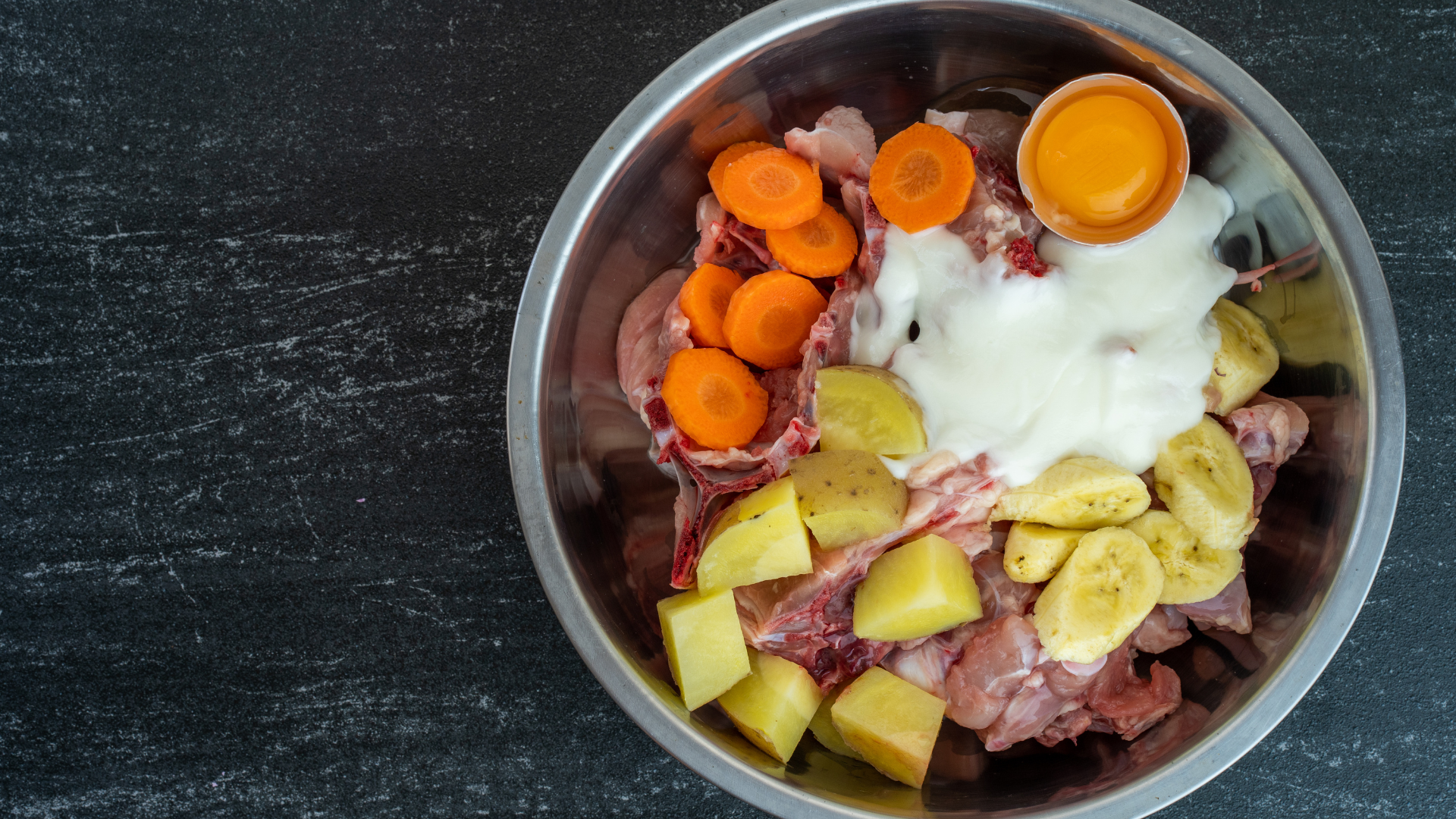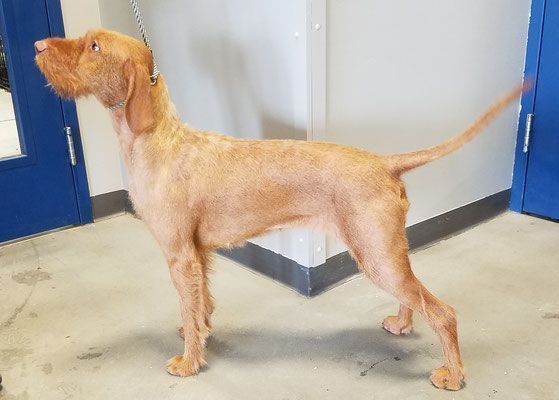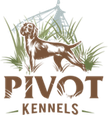OUR RECOMMENDATIONS FOR PUPPY & DOG SUPPLIES
When welcoming a new puppy into your home and family is an exciting time. But it can be overwhelming to figure out what you may need to get to have a successful puppy introduction to your house and family. Below is a list of supplies. Most of these are affiliate links (when you click on these and add them to your cart, as an Amazon Associate I earn from qualifying purchases), and a couple are links not available on Amazon. We chose Amazon as it is the most accessible across the US.
BASICS
Dog Crate
Even if you plan on sleeping with your puppy in your bed, having a crate is still important. Anytime your dog needs to be boarded, or stay at the vet, or groomed (or insert many situations), they will encounter a crate or need to be in a crate. If your dog is unfamiliar with crates, this could be very stressful or even harmful to your dog. Your best case scenario is to crate train your puppy.
There are many methods to crate train your puppy, such as sleeping with the crate right next to the bed and resting your hand on the crate when your puppy starts to whine. Or the method of putting the crate across the house in the kitchen or laundry room and setting an alarm to get up to take the puppy potty. Or all the methods in between. Do what is right for your family and the puppy. Generally, it will only take a couple of weeks to crate train your pup, but that gives you the peace of mind when you need to leave the house and crate a still teething (and chewing-on-everything) puppy.
Bowls
Here are two options: regular stainless steel bowls and an elevated set. Elevated bowls can prevent sliding or stop paddling out the water in bowls. Elevated bowls can alleviate neck strain or arthritis as well; there are no studies that support or deny elevated bowls preventing bloat. So, it is truly personal preference.
Here are good examples of elevated bowls:
Petace Elevated Dog Bowls with 2 Stainless Steel Dog Food Bowls
Button
Gorilla Grip Stainless Steel Metal Dog Bowl
Button
Stainless Steel Dog Bowls: We like the 6-cup or larger bowls; the rubber backing helps keep them as non-slip. Stainless steel is easier to keep clean and sanitary.
Nail Care
We started with one dog on the nail clipper but found the dremel to be more useful and easier to use when keeping the nails on our dogs a healthy length. We use a different Dremel model only because we also use the Dremel for household projects.
Any nail tool you use, you need to desensitize your puppy to it. The first 6 months, you should be playing with your puppy's feet A LOT—feeling its paws, its pads, lightly pressing or tugging on their nails. (same with ears, mouth, and tail!). We still "inspect" our dog's feet, ears, mouth, tail, and belly, really any body part—as we want them to be conditioned to it for vet visits and showing.
Whatever tool you use, when you do eats, leave it right next to the bowl. Then start playing with pups feet while they eat. If you use a dremel, start turning it on when they are eating and eventually have it running next to their feet while they eat (this sometimes needs to be built up by starting farther away and gradually coming closer).
You can use the sandpaper bit, but those can get hot (especially when we are dremeling multiple dog’s nails). We use a diamond bit that is a concave shape. Here is a simple diamond bit that is available on Amazon:
https://amzn.to/3wWyf4J/
Leash and Collar
We use smooth leather slip collars on our dogs for everyday life. The double rings allow you to clip your leash so it is either a slip or a loose collar. When you take your puppy home, the best way to keep track of your pup and for it to learn to pay attention to you is to keep it on a leash in the house. Attach the pup to you and start the learning process of your puppy needing to watch you for direction. This establishes an important relationship! (more to come on this in another blog post!)
You can also find some well-made products on Etsy!
BASICS
There are so many toy choices! These dogs love fetch and playing. There are a variety of balls and toys you can get—have fun picking them out! Below are some of the suggestions for puppies and some chews for adult dogs.
Please click on each image to go to the Amazon listing to get more details.
Puppy Nylabone - 3 Pack
Button
Puppy Teething Toy: Benebone
Button
BASICS
Training Bumpers
A plain canvas bumper is a great way to start your fetch training with your new pup or even an older dog. You can also buy some pheasant wings; once your pup reliably fetches the bumper to you, you can start tying some wings around the bumper. Start with one wing and work up with more. This helps get your pup used to feathers in their mouth. The large rabbit bumper is good for getting them the feel of fur in their mouth, and if you plan on doing any tracking training, this is a great tool! The pheasant bumper is larger and gets your dog used to holding larger and heavier things in their mouth.
These are training tools; only get these out for training sessions and not everyday play!
Buffalo Whistle
This double-sided whistle is a great tool in the field. The high-pitched side, we use a double blow (short, long) as a come and a short blow as a directional command, and then the ball whistle side is a stop command. All of these commands can be taught in your yard!
Double Buffalo Whistle
https://www.lcsupply.com/products/double-buffalo-whistle/
Check Cord
This is a great training tool, even for those not planning on hunting. Great to helping puppies to come and young dogs that will come but not come directly to you. Also useful for hunting training for whoa or backing. Endless possibilities with this tool!
We prefer the wider, flat silicone type cord versus the rope or other material. We also strongly recommend NOT getting one with a hand loop, as this gets caught on vegetation when they are running in a field. The silicone is easy to clean and doesn't tangle as easily.
Cabela’s Polyurethane Check Cord
https://www.basspro.com/shop/en/cabelas-tpu-training-leash-for-dogs/
BASICS
Shampoo
Wirehairs coats naturally have oils. These help give it the protective layer that helps water roll off and keeps debris at bay (of a groomed wire coat). Rarely do these dogs need a bath or shower. With all our dogs in the house, we typically go months without giving baths. This shampoo helps keep the natural oils and texture of your wirehair. Yes, it's a bit pricey, but when you need 3 or 4 baths a year, it lasts!
Ear Cleaners
WHV have floppy ears and should be checked regularly (weekly at minimum). If we notice anything starting, we gently wipe our dog's ears with these wipes. If there is something more serious starting, DO NOT use a Q-tip on your dog's ears. Get a medicated liquid to drop in, gently rub, and use these wipes or a soft cotton wipe to clean excess liquid from the exterior of the ear.
Cotton Rounds for Wiping Ears
Button
Clotting Powder
This is a must! This helps stop small wounds from bleeding by helping them clot. If you clip a nail too short or your dog shakes its head and catches its ear on something, you can sprinkle this on to stem the bleeding. Very helpful for those little scratches that bleed profusely. This will not work on wounds that require a vet's attention, nor should it be used on those wounds.
Miracle Care Kwik Stop Styptic Powder
Button
Grooming Tools
Why is this under the Health section? A wire's coat, when properly maintained, protects their skin and keeps out the water, dirt, and debris. The dead, soft wirehair can trap these against the skin, causing infections. Check out an early blog post dedicated entirely to the topic!
We would suggest Franklin stripping knives, DK Groomers diamond stripping knife stones, or other professional-type stripping tools. You can see our YouTube video about grooming here: https://youtu.be/T6tm4v2rNA4?si=I0_-n1OBvIw5V0Si/
*We DO NOT recommend the furminator. This tool more often than not cuts the coat or scratches your dog's skin if improperly used.
Franklin Stripping Knives
https://groomersmart.com/product/franklin-stripping-knives/
DK Groomers Stripping Stone Knife
https://groomerdkusa.com/products/Diamond-SHORTY-Stripping-Knife-EXTRA-COARSE-p468130085/
Swingline Rubber Finger Tips
Button
Paw Protection—Musher's Wax
We live where it gets cold...really cold. When our winter days hit 0 and below (most of winter), walks can be tough on our dog's feet. We put this on our dog's pads and work it up between their toes. It helps with pad cracking and stopping those balls of ice/snow from forming between their pads.
Additives to Dog Food
There are many additives you can mix in with your dog's food. In fact, there is a very good book below (Forever Dog) that gives you the science behind what is good and why. If you had to get one item right now, we would suggest salmon oil. It is full of Omega-3 and Omega-6 fatty acids and great for heart and immune health, skin and coat health, along with anti-inflammatory properties. This one is more expensive than some alternatives but has better quality ingredients.
Check out our blog post entirely dedicated to our dog’s diet and health.
Click here!
Bitter Apple Spray
This was the only item I wasn't sure how to categorize! This is a spray that tastes really bad to dogs (usually). You can spray this on furniture, shoes, curtains, or anything your teething pup keeps chewing on when they shouldn't. This does work most of the time. We have had one puppy that didn't seem to care if it was on anything, but all our other pups, this was magical! You can also find this at most dog supply stores.
BOOKS
We are currently reading and reviewing: “Let Dogs Be Dogs: Understanding Canine Nature and Mastering the Art of Living with Your Dog” By Monks of New Skete and Marc Goldberg
